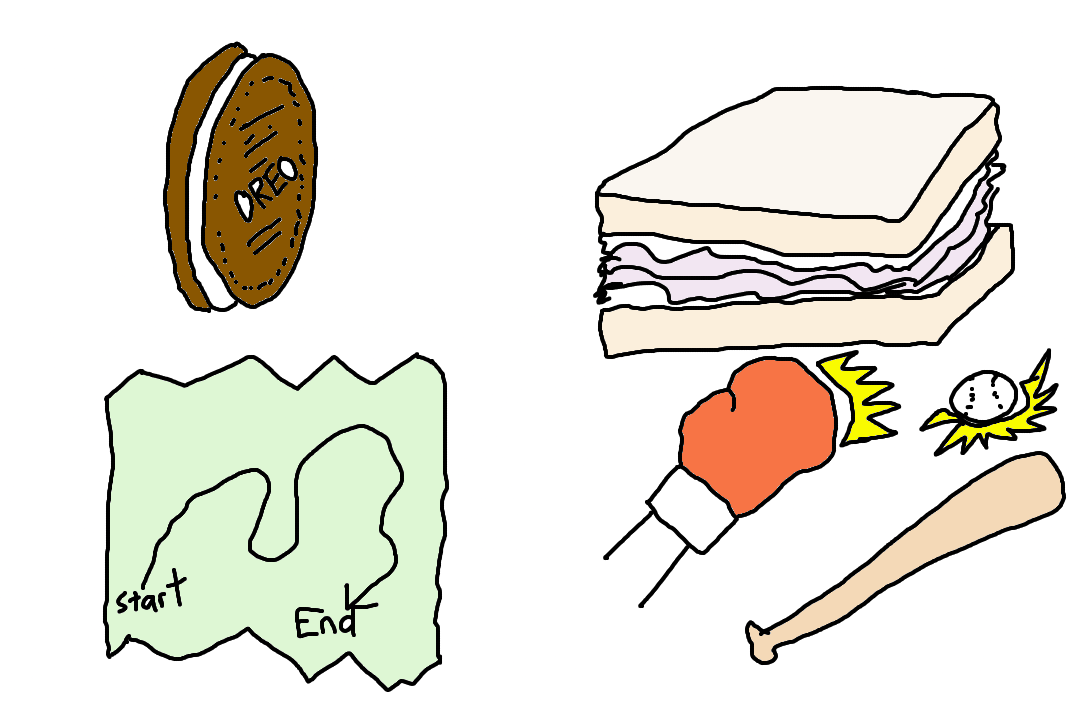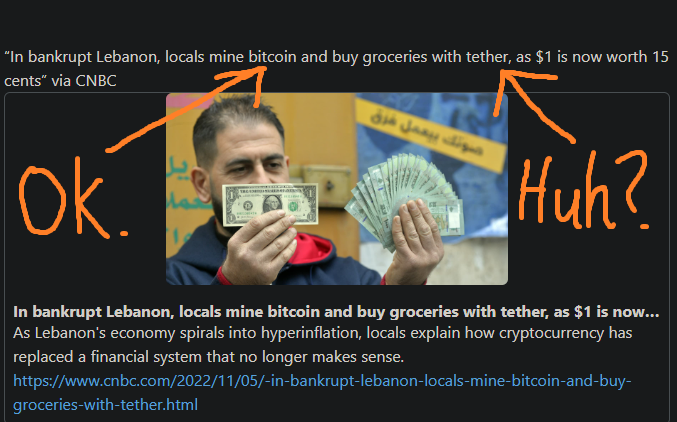The prosecution in the FTX trial did an interesting thing. They seemingly front-loaded their case with strategy 4 below.
When presenting one's case (in anything, not just a court case), there are a few options:
1. OREO strategy - Start out crusty (a topic that's hard and bitter), then come with something sweet and soft, then come back crusty in the end. Essentially, bad news, good, then bad. (Note: this is the preferred strategy when you want to come hard and leave hard, but still show a little bit of "I care, I get it, I'm real" in the middle.)
2. Ham sandwich strategy - Start with some soft white bread, then stack in the meat, then cushion things in the end with some more Wonderbread. Opposite of #1, this is good news, bad, then good again. (Note: this is the preferred strategy for an effective complaint letter...butter them up, complain and offer a solution, butter them again.)
3. Roadmap strategy - Start strong and lay out the map of where you're going, then begin to piece in the details, and finally end with a roadmap revisit of where we've been. (Note: This is a variation of the Sandwich strategy and is likely the best, go-to strategy for trial lawyers trying to lay things out for a clueless jury.)
4. Mike Tyson / Big Sluggers strategy - Bring everything you've got first and go for a first round, first inning knock out. Tyson is credited with a version (see 
However, despite the prosecution going with strategy 4 and putting their sluggers Ellison, Wang, and Singh up front, I think the most damning testimony did not come from one of the first three Mike Tyson haymaker swingers, or not from one of the first three home run sluggers in the lineup, it came from a nerd. It came from someone batting like 7th in the 9 person batting order.
Peter Easton is an academic, or is effectively an accountant, with Notre Dame. He's able to get dig into info and get geeky with data and graphs. I initially felt the most damning evidence would be that Sam Bankman-Fried took customer funds and used them over at struggling Alameda. This would mean he violated the user agreement...illegal, but not particularly dramatic. It is, essentially, moving one set of numbers into another column on the spreadsheet. And, frankly, that plan of using customer monies to buttress Alameda just might have worked had Alameda's investments panned out. Also, it could perhaps have been argued that using those funds wasn't an actual violation of the terms of service. (I've not read the terms, don't care to, and things like this can always be argued anyway. In the least, things can be muddled in semantics and interpretations.)
Back to Easton, he laid out what's nothing more than stealing. Bankman-Fried took customer money to buy stuff for himself. He bought:
- Orchid penthouse
- Gemini apartment
- Old Fort Bay apartment
- VAT, a gift to mommy and daddy whose names were placed on the deed
- curried favor with politicians (AKA, "political donations", AKA, "bribes")
- a $20 million gift to his brother's charity
Easton showed that mommy (a lawyer) suggested her son had better use an FTX employee's name (Singh) when sending money to her super PAC. One of the defense's likely strategies is to show that Bankman-Fried lacked criminal intent. He was good-hearted, well-intentioned, maybe a little disorganized and creating things on-the-go, but never consciously trying to do things illegal. Well, mommy knows otherwise and so did he. In a murder trial, the difference between first and second degree is that murder 1 has both malice and deliberation. Malice: intent to do harm, deliberation: you knew it was wrong and covered it up. The note from the mother and Bankman-Fried's compliance certainly suggests they both knew what they were doing was wrong and they were trying to cover it up. Regarding malice, I imagine the defense will try to sell the idea that, due to effective altruism, their was no ill intent. To me, knowingly stealing, buying expensive things for ones self, but justifying it with a vague idea of one day repaying with good just doesn't fly.
Easton showed that these stealings were apparently documented with on chain data, which to me, is about as strong as it gets. It's really simple, he invited people to deposit money, promised the money was safe, then took the money and used it for the things listed above. It's called stealing.
Read this for details:

